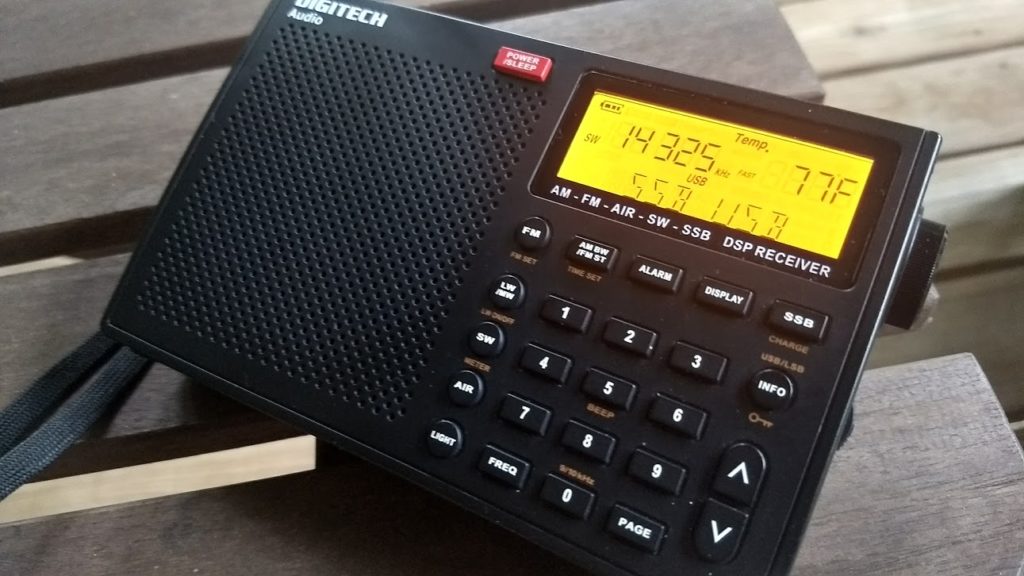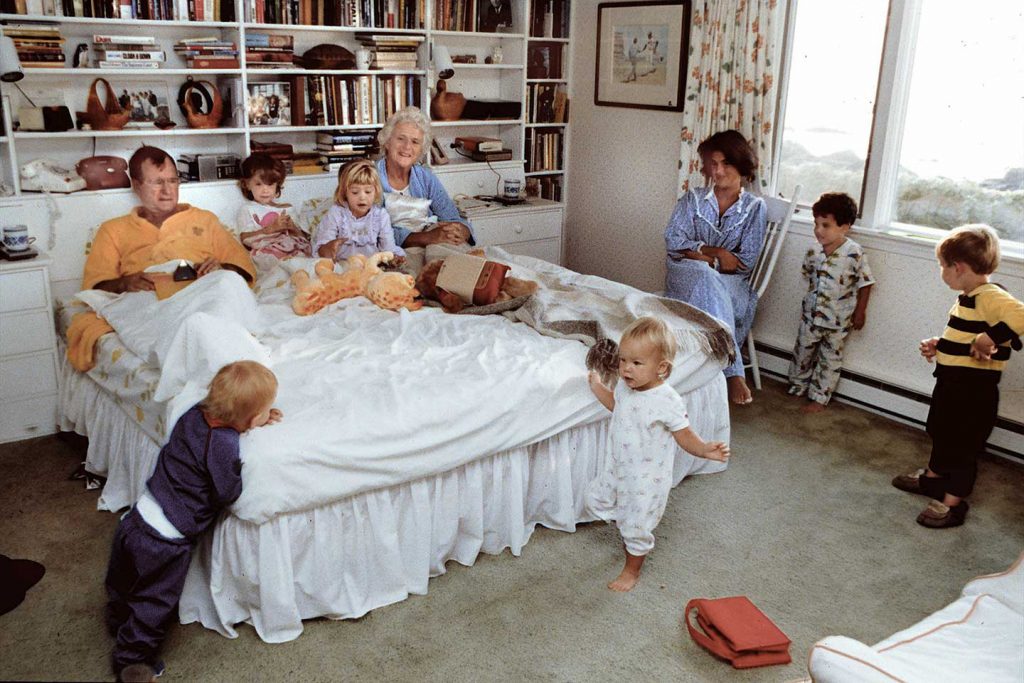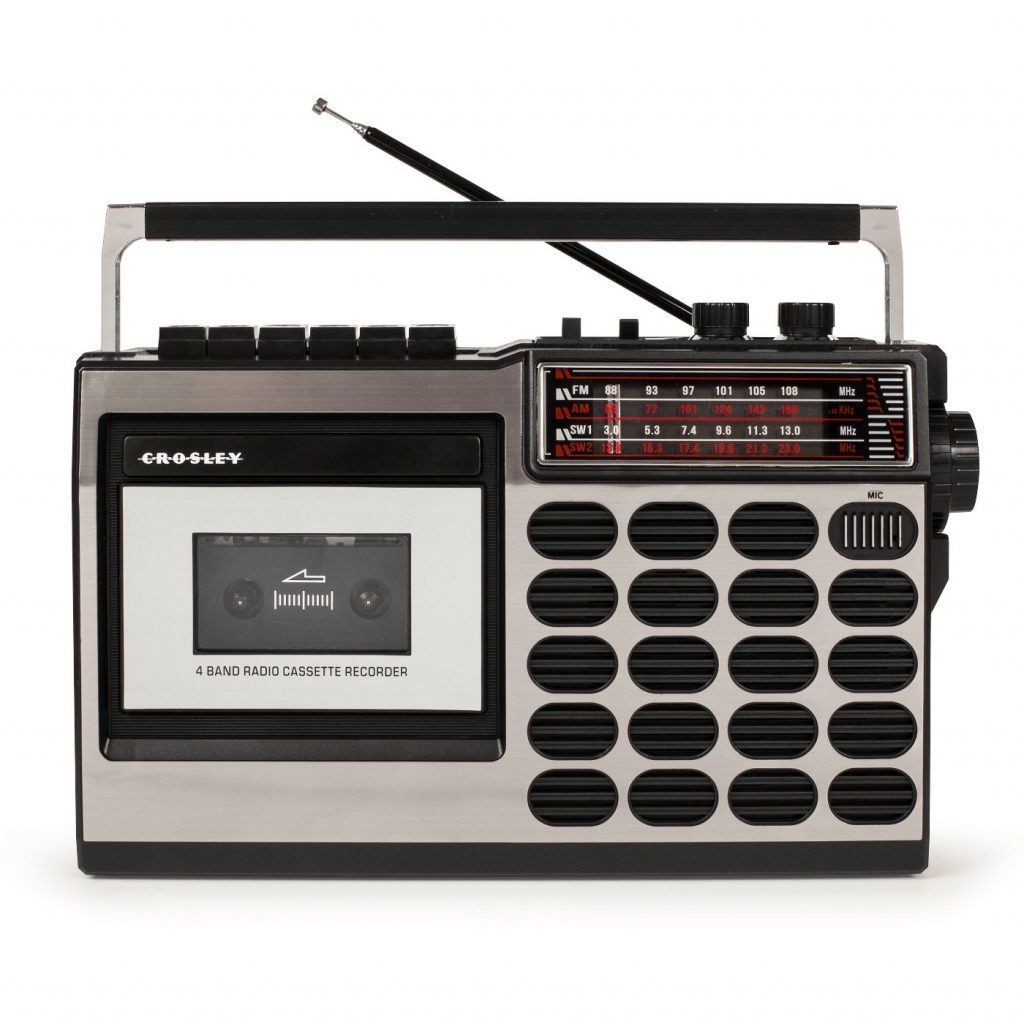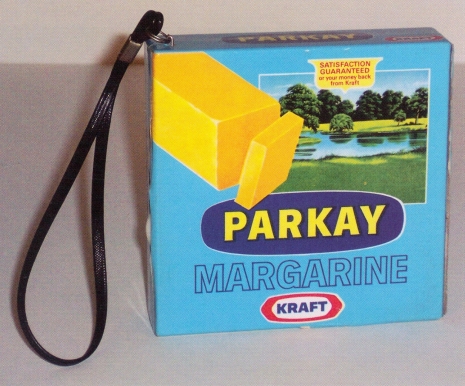
Earlier this month, I had the honor of being interviewed by both the Radio Survivor podcast and WAIF’s radio show Trash Flow Radio, hosted by Justin Moore.
It was great fun to spend time with the Radio Survivor crew who are massive supporters of community radio and then the very next day be interviewed on a dynamic community radio station like WAIF.
The first hour of Trash Flow Radio featured recordings from the Shortwave Radio Audio Archive, Madtone’s amazing shortwave inspired music (more on that below) and other radio-inspired selections. A fantastic sonic journey.
I spent the second hour of the show talking shortwave with Justin and our mutual friend Robert Gulley. No doubt you might recognize both host names as Robert is a regular Post contributor and Justin is the author of recently-posted items exploring the intersection of radio and music here on the SWLing Post.
In other words, I was in the company of true kindred spirits and friends.
Justin has posted an article about the show on his blog and includes a link to stream or download a recording of the full two hour show.
Do yourself a favor and at least listen to the first hour of the show which showcases some amazing shortwave sounds and Pete Madtone’s excellent compositions. You won’t regret it.
Justin introduces Pete on his blog:
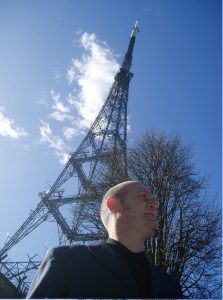
Madtone, “One Deck” Pete Polanyk (Source: Justin Moore)
Also in this episode I was pleased to present the North American radio premiere of Madtone’s “Interval Signal Jazz”, from his Shortwave Radio Shorts EP. For over a decade “One Deck” Pete Polanyk has been making music as Madtone combining a love of electronica and dub withrecordings of noises and interval signals culled off shortwave radio (he’s had a fascination with radio since childhood).
Just as Thomas said during the show, his Shortwave Listening Post has really built up a community around the SWLing & Amateur Radio hobbies. Madtone got into contact with me about an article of mine Thomas had posted on the blog there, and since then Pete and I have become fast friends. It’s truly a testament to the way radio can sprout the shoots of friendship around the globe. Pete is also a brilliant plant man and gardener, and writes a wonderful blog on music, gardening and life at Weeds up to my knees! Check it out. From our conversations it turns out that Pete also used to play in a band back in the day with none other than Karl Blake. I’d be real curious to hear any recordings of that group he was in if any cassettes or such exist! Now, if I can only get him to get his amateur radio license over there in England…
It pleases me to no end to know that Justin and Pete formed a friendship via the SWLing Post. It’s the community here that makes the Post a true labor of love for me.
Many of you know I’ve had an incredibly hectic schedule the past few months and am quite far behind on planned posts and correspondence. I’ve been meaning to plug Pete’s work for some time.
I encourage you to check out his music on Bandcamp and, again, listen to some of his Interval Signal Jazz via the WAIF recording.
Click here to listen to samples of Pete’s work on the Madtone Bandcamp page!
Thanks again, Justin and Robert (and Dan KE8AWT who helped sort out some technical problems) for such a fun on-air conversation about the world of shortwave!
Click here to read Justin’s post about the show.


